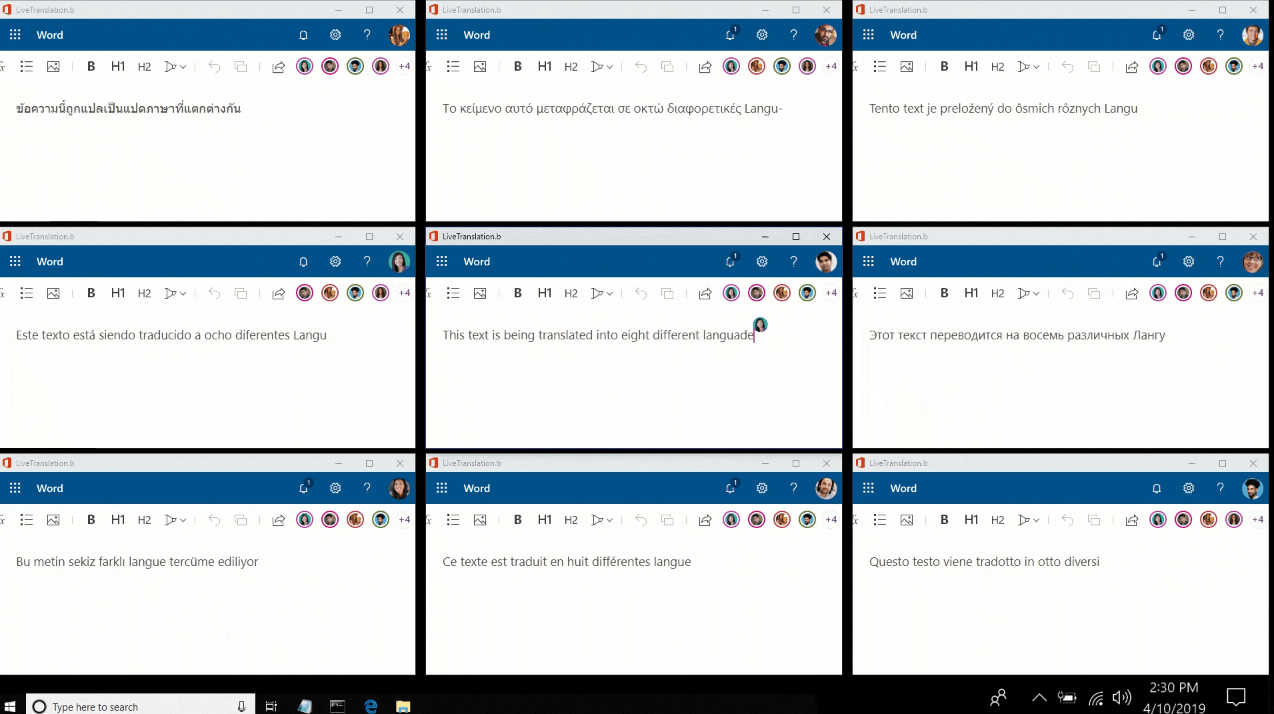| Microsoft Fluid Framework Reinvents OLE |
| Written by Kay Ewbank | |||
| Wednesday, 08 May 2019 | |||
|
Microsoft has announced a new set of technologies called Fluid Framework. The announcement was made at this year's Build conference this week in Seattle. Fluid Framework is described as a new set of technologies that developers can use to create browser-based 'experiences' that move away from single apps to use components that make it easy to reuse content across tools. Behind the scenes this is partially based on Microsoft 365 apps like Word, Teams and Outlook, with the addition of co-authoring, AI and bots that collaborate with you. To anyone who was already programming before the millennium this sounds very like OLE - Object Linking and Embedding. But as we've noted before there are core concepts in programming that stand the test of time and there's nothing wrong with reimplementing them.
Microsoft says there are three benefits to Fluid Framework - the multi-person coauthoring on web and document content; a document model based on components so content can be deconstructed into collaborative building blocks that can be used across applications; and intelligent agents to work alongside humans for tasks such as translating text, fetching content, suggesting edits, and performing compliance checks.. The intelligent agents will do things such as translate phrases from or into other languages, or suggest photos that might be suitable for inclusion. It may all sound like a combination of OLE and Office Clippy gone mad, but when OLE worked, it was very useful. Maybe this time around everything will play nicely together. The collaborative web-based nature also draws on concepts from Microsoft Sway, which let users combine web publishing, Word, and presentation software. At Build, Mike Morton from the Office Engineering Team demoed coauthoring a document with text being shared across four browsers including Edge and Chromebook.
One part of the demo at Build showed Morton typing in one browser with the text being automatically translated into nine different languages in other screens. This was dealt with by an AI-based agent, and Morton said: "we'll enable scenarios where we have tens of even hundreds of agents helping users in areas such as proofing, data insights, design ideas, security scanning and much, much more." The framework is based around Fluid Components, and Morton showed copying a table into a document where other people in the team added data. The table was then pasted it into a conversation, with the changes to the data being reflected across browser windows, with different apps including Word and Teams. The table was also filtered to show only the information relevant for the conversation. Some of the power of the framework will be based in collaborative bots, with the demo showing recommendations for a chart type, analyzing the data and providing intelligence on what visualization would work out best. The plan is that Fluid Framework will be added to Microsoft 365 experiences and will be available to work with from code through an SDK.
More InformationRelated ArticlesOffice Developer Tools for Visual Studio 2012
To be informed about new articles on I Programmer, sign up for our weekly newsletter, subscribe to the RSS feed and follow us on Twitter, Facebook or Linkedin.
Comments
or email your comment to: comments@i-programmer.info |
|||
| Last Updated ( Wednesday, 08 May 2019 ) |



